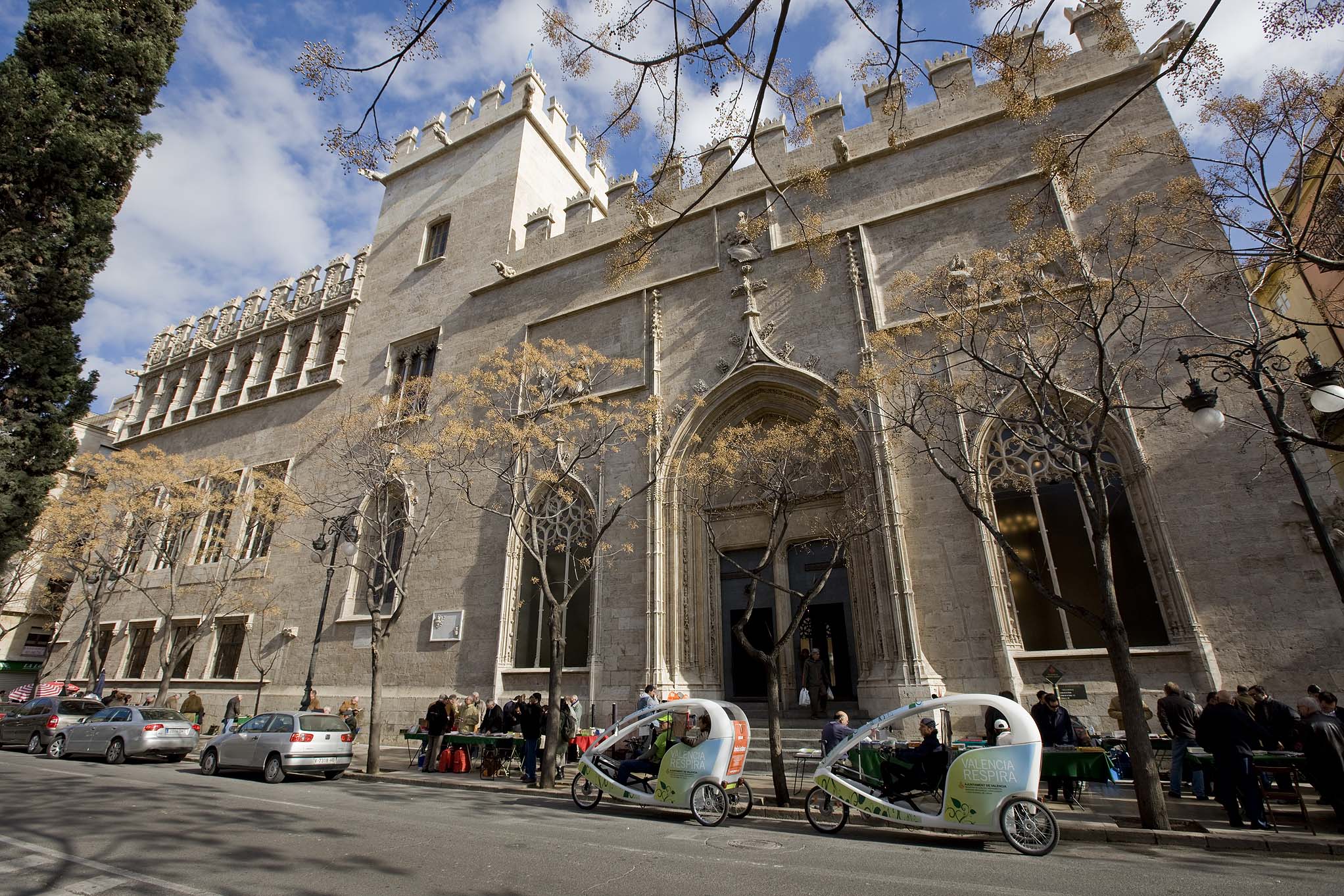
La Lonja de la Seda de Valencia is an exceptional example of a secular building in late Gothic style, which dramatically illustrates the power and wealth of one of the great Mediterranean mercantile cities. It is aesthetically one of a kind, because of its fine Gothic architecture and Renaissance decoration from 15th century Mediterranean art. It is a typical representation of the commercial and financial past of the City of Valencia which has been used for the same purpose for over five centuries.
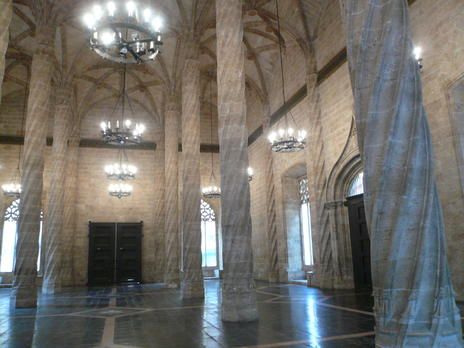
In 1469 the decision was taken to build a new Lonja (exchange or market) in Valencia. It was not until 1482 that the City authorities purchased houses on the site chosen for the building, but work began at the end of that year under the direction of the architects Pedro Compte, Juan lborra and Johan Corbera. The entire complex, including the Consulate building and the garden, was not finished until 1533, under the direction of Domingo de Urteaga. Its original function was as a trading exchange for oil. It developed into the main maritime trading centre and silk exchange, and housed the commercial institution known as the "Consolat de Mar", which was founded in 1283, and the "Taula de Convis i Deposits", a banking institution. At the present time it is still a major trading exchange, now dealing primarily in agricultural products.
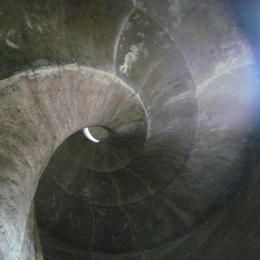
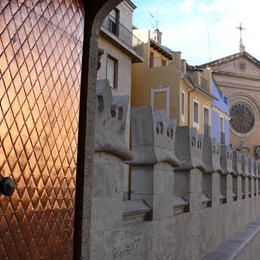
The land occupied by the Lonja is rectangular in shape. About half of the total area is covered by the main "Sala de Contratación"; the Tower (including the Chapel), the Consulate building, and the large garden complete the ensemble. The entire building is constructed in limestone from Masarrochos. The Sala de Contratación (contract hall) is a magnificent hall, in Flamboyant Gothic style like the rest of the complex. The lofty interior is divided into three main aisles by five rows of slender spiral pillars from which spring the elegant vaulting which covers the roof. The floor is made of different coloured marbles from AIcublas. A Latin inscription in Gothic characters runs round the walls, which proclaims the principles upon which trade within the hall is based: "honesty of its traders and justice of its syndics". It is lit by soaring Gothic windows, the external frames of which, like the doors, are exuberantly ornamented, notably by a series of grotesque gargoyles. In the centre of the main facade on the Plaza del Mercado is the imposing doorway, crowned by an image of the Virgen del Rosario, and above the royal arms of Aragon. The same architectonic scheme is repeated at the other end of the hall.
.jpg)
Access to the Chapel (dedicated to the Conception of the Virgin), which forms the ground floor of the tower, is from the "Sala de Contratación". It is square in plan, with vaulting springing from clusters of columns in the corner. Access to the upper floors of the tower is via a remarkable helical stone staircase. The room on the first floor was originally a prison for bankrupt or corrupt traders which unfortunately is not being used today, however it would probably be too small to cater for all of them anyway :)
The Consulate building rises to three stories: it is now the seat of the Cultural Academy of Valencia and serves as the venue for many exhibitions and other cultural activities. It is a later form of Gothic and equally exuberant in the decoration of its facades, especially on the upper floor, where the windows have highly decorated sills and lintels and are crowned by portrait medallions. The interior is notable for the carved decoration, gilded and painted, in the chamber on the first floor, known as the Cambra Dourada.
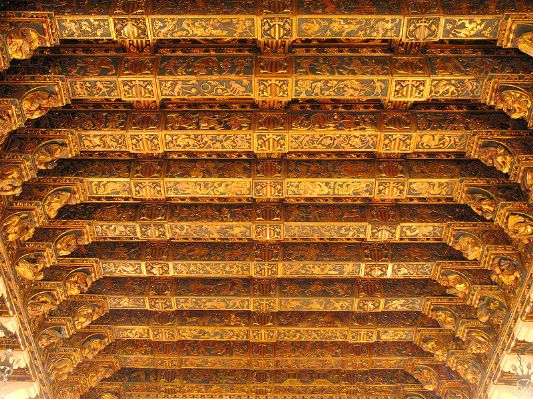
.jpg)
The environs of the Lonja retain close links with the history of the building and preserve its role. The large Market Hall, with its metal framing of 1914-28, is built on the site of the original market, whose activities were intimately associated with the Lonja.
Ver mapa más grande
BEST TIME TO VISIT : ALL YEAR